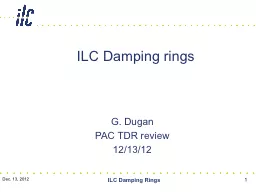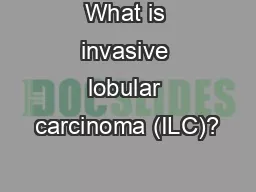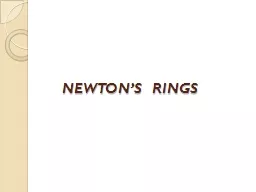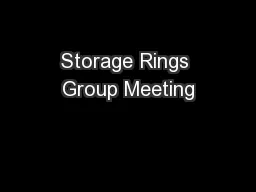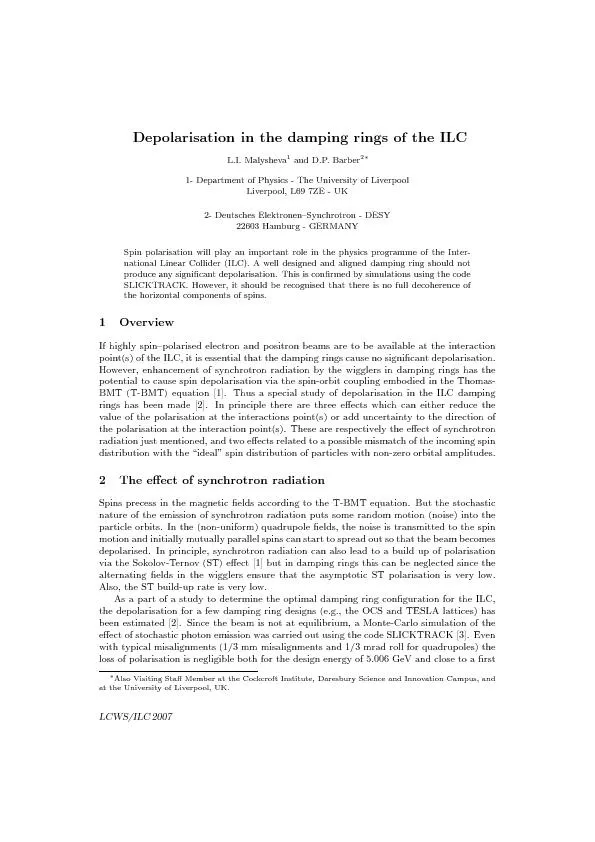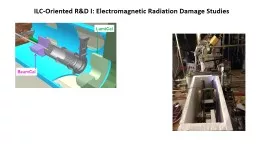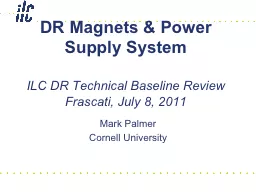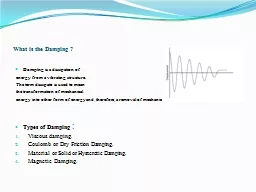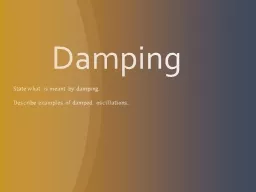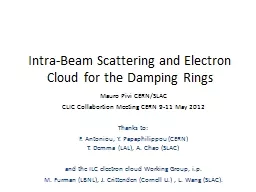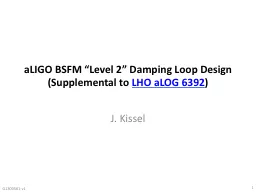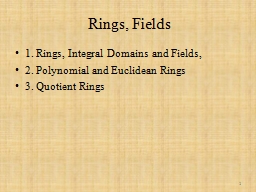PPT-ILC Damping rings
Author : yoshiko-marsland | Published Date : 2016-08-12
G Dugan PAC TDR review 121312 Dec 13 2012 ILC Damping Rings 1 Outline Requirements Configuration parameters operating modes Lattice Beam dynamics issues Emittance
Presentation Embed Code
Download Presentation
Download Presentation The PPT/PDF document "ILC Damping rings" is the property of its rightful owner. Permission is granted to download and print the materials on this website for personal, non-commercial use only, and to display it on your personal computer provided you do not modify the materials and that you retain all copyright notices contained in the materials. By downloading content from our website, you accept the terms of this agreement.
ILC Damping rings: Transcript
Download Rules Of Document
"ILC Damping rings"The content belongs to its owner. You may download and print it for personal use, without modification, and keep all copyright notices. By downloading, you agree to these terms.
Related Documents

